Elizabeth Short, or widely known as the “Black Dahlia” was murdered on the 15th of January 1947. She had been mutilated and severed at the waist, with the two halves a foot apart. It was deemed that the murderer must have had medical training due to the clean nature of the cut.
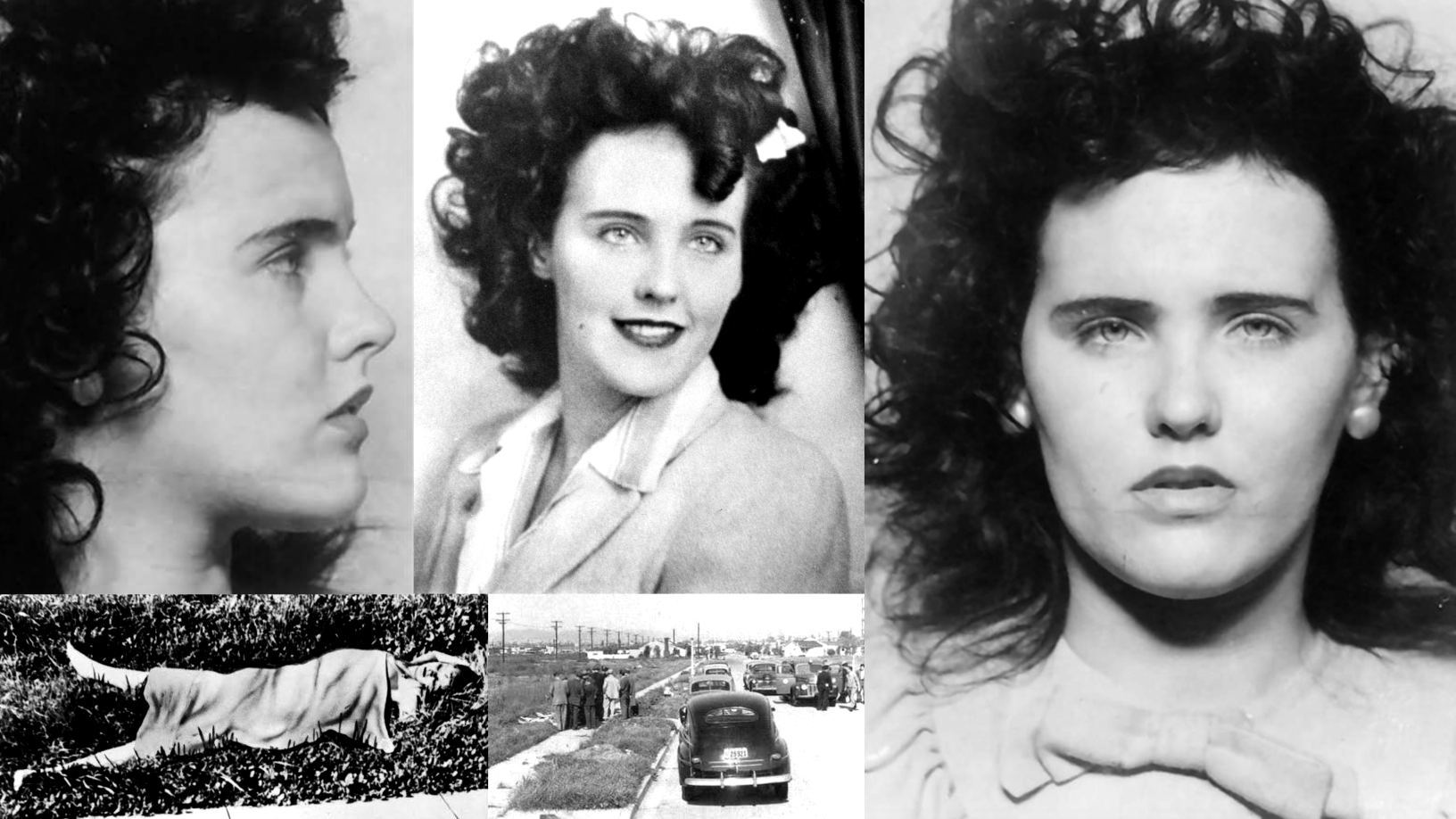
Early Life Of Elizabeth Short:
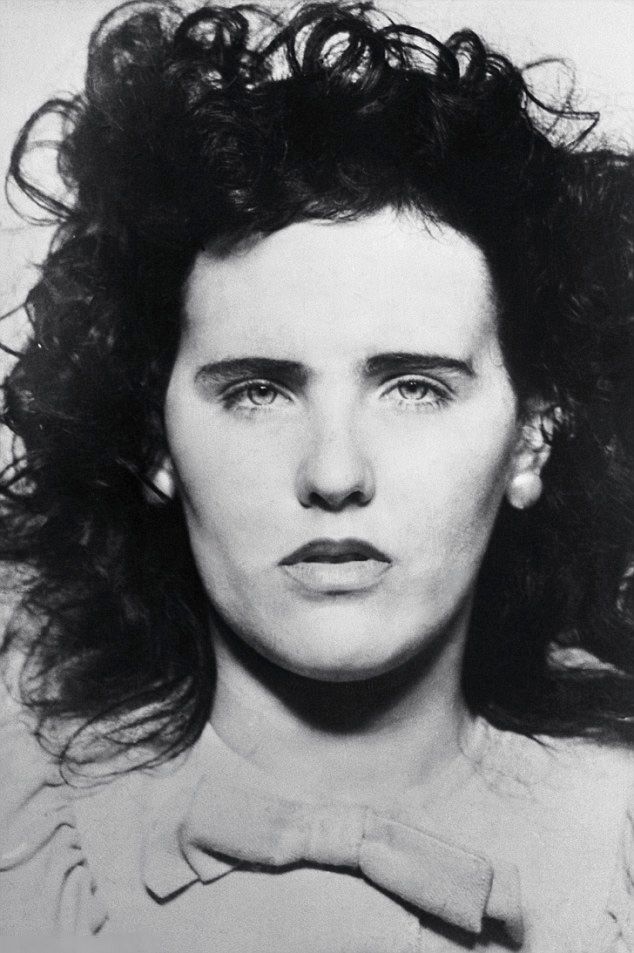
Elizabeth Short was born on July 29, 1924, in Hyde Park, Massachusetts. Shortly after she was born, her parents moved the family to Medford, Massachusetts. Cleo Short, Elizabeth’s father, was making a living designing and building miniature golf courses. When the Great Depression hit in 1929, he abandoned his wife, Phoebe Short, and his five daughters. Cleo proceeded to fake his suicide, leaving his empty car near a bridge leading authorities to believe he had jumped into the river below.
Phoebe was left to deal with the hard times of the Depression and had to raise the five girls on her own. To support her family, Phoebe worked multiple jobs, but most of the Short family’s money came from public assistance. One day Phoebe received a letter from Cleo, who had moved to California. He apologized and told Phoebe that he wanted to come home to her; however, she refused to see him again.
Elizabeth, known as “Betty,” “Bette,” or “Beth,” grew up to be a pretty girl. She was always told that she looked older and acted more mature than she really was. Although Elizabeth had asthma and lung problems, her friends still considered her to be very lively. Elizabeth was fixated on movies, which were the Short family’s main source of affordable entertainment. The theatre allowed her an escape from the dreariness of ordinary life.
Journey To California:
When Elizabeth was older, Cleo offered her residency with him in California until she was able to find a job. Elizabeth had worked in restaurants and theatres in the past, but she knew she wanted to be a star if she moved to California. Driven by her enthusiasm for the movies, Elizabeth packed her things and headed to live with Cleo in Vallejo, California in early 1943. It did not take much time before their relationship became strained. Her father would scold her for her laziness, poor housekeeping, and dating habits. He eventually kicked Elizabeth out in mid-1943, and she was forced to fend for herself.
Elizabeth applied for a job as a cashier at the Post Exchange at Camp Cooke. The servicemen quickly noticed her, and she won the title of “Camp Cutie of Camp Cooke” in a beauty contest. However, Elizabeth was emotionally vulnerable and desperate for a permanent relationship sealed in marriage. Word spread that Elizabeth was not an “easy” girl, which kept her at home instead of on dates most nights. She became uncomfortable at Camp Cooke and left to stay with a girlfriend who lived near Santa Barbara.
Elizabeth had her only run-in with the law during this time, on September 23, 1943. She had been out with a group of rowdy friends in a restaurant until the owners called the police. Elizabeth was underage at the time, so she was booked and fingerprinted but never charged. The police officer felt sorry for her and arranged for Elizabeth to be sent back to Massachusetts. It was not long before Elizabeth returned to California, this time to Hollywood.
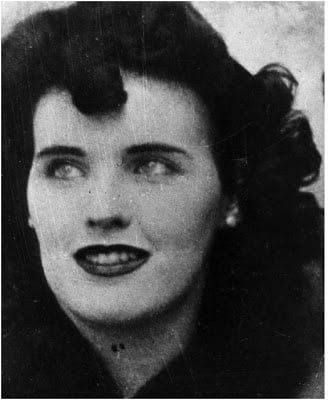
In Los Angeles, Elizabeth met a pilot named Lieutenant Gordon Fickling and fell in love. He was the type of man she had been searching for and quickly made plans to marry him. However, her plans were halted when Fickling was shipped out to Europe.
Elizabeth took a few modelling jobs but still felt discouraged with her career. She went back east to spend the holidays in Medford before living with relatives in Miami. She began dating servicemen, marriage still on her mind, and again fell in love with a pilot, this time named Major Matt Gordon. He promised to marry her after he was sent to India. However, Gordon was killed in action, leaving Elizabeth heartbroken once again. Elizabeth had a period of mourning where she told others that Matt had actually been her husband and that their baby had died in childbirth. Once she began to recover, she attempted to return to her old life by contacting her Hollywood friends.
One of those friends was Gordon Fickling, her former boyfriend. Seeing him as a possible replacement for Matt Gordon, she began to write to him and met with him in Chicago when he was in town for a few days. She was soon falling head-over-heels for him again. Elizabeth agreed to join him in Long Beach before she moved back to California to continue pursuing her dream of being in the movies.
Elizabeth left Los Angeles on December 8, 1946, to take a bus to San Diego. Before she left, Elizabeth had supposedly been worried about something. Elizabeth had been staying with Mark Hansen, who said the following when he was questioned on December 16, 1949, by Frank Jemison.
Frank Jemison: “While she was living at the Chancellor Apartments, she came back to your house and got mail?”
Mark Hansen: “I didn’t see her but she was sitting there one night when I cam home, with Ann about 5:30, 6:00 o’clock – sitting and crying and saying she had to get out of there. She was crying about being scared – one thing and another, I don’t know.”
While Elizabeth was in San Diego, she befriended a young woman named Dorothy French. Dorothy was a counter girl at the Aztec Theater and had found Elizabeth sleeping in one of the seats after an evening show. Elizabeth told Dorothy that she left Hollywood because finding a job as an actress was difficult with the actor’s strikes that were going on at the time. Dorothy felt sorry for her and offered her a place to stay at her mother’s home for a few days. In reality, Elizabeth ended up sleeping there for over a month.
While Elizabeth was in San Diego, she befriended a young woman named Dorothy French. Dorothy was a counter girl at the Aztec Theater and had found Elizabeth sleeping in one of the seats after an evening show. Elizabeth told Dorothy that she left Hollywood because finding a job as an actress was difficult with the actor’s strikes that were going on at the time. Dorothy felt sorry for her and offered her a place to stay at her mother’s home for a few days. In reality, Elizabeth ended up sleeping there for over a month.
Short’s Final Days:
Elizabeth did little housework for the French family and continued her late-night partying and dating habits. One of the men she became enamoured with was Robert “Red” Manley, a salesman from Los Angeles who had a pregnant wife at home. Manley admitted that he was attracted to Elizabeth yet claimed that he never slept with her. The two of them saw each other on-and-off for a few weeks, and Elizabeth asked him for a ride back to Hollywood. Manley agreed and picked her up from the French household on January 8, 1947. He paid for her hotel room for that night and went to a party with her. When the two of them returned to the hotel, he slept on the bed, and Elizabeth slept in a chair.
Manley had an appointment on the morning of January 9 and returned to the hotel to pick Elizabeth up around noon. She told him that she was returning to Massachusetts but first needed to meet her married sister at the Biltmore Hotel in Hollywood. Manley drove her there yet did not stick around. He had an appointment at 6:30 P.M. and did not wait for Elizabeth’s sister to arrive. When Manley saw Elizabeth last, she was making phone calls in the hotel lobby. After that, she just vanished.
Discovery Of Short’s Mutilated Body:
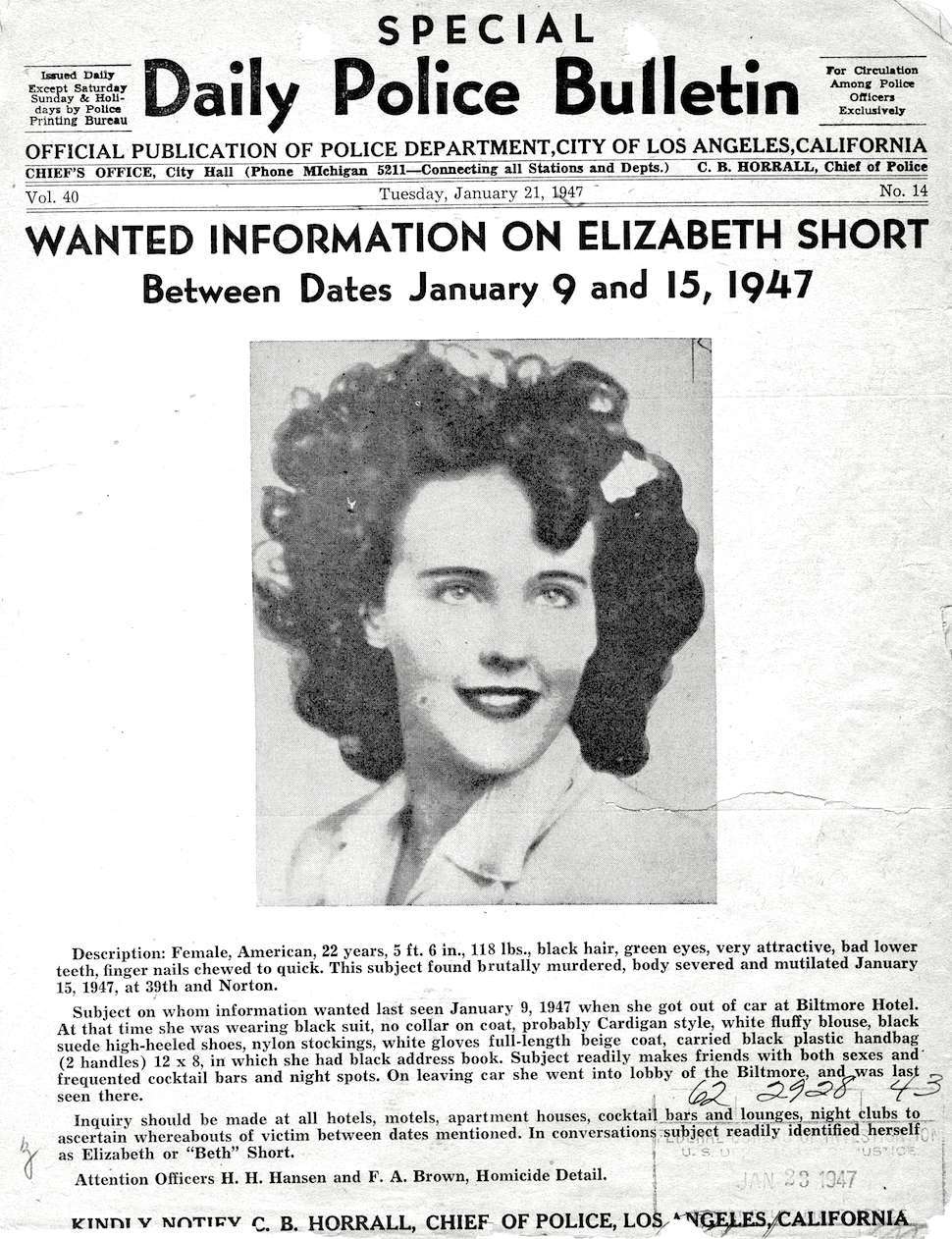
Manley and the hotel employees were the last people to see Elizabeth Short alive. As far as the Los Angeles Police Department (LAPD) could tell, only Elizabeth’s killer saw her after January 9, 1947. She was missing for six days from the Biltmore Hotel before her body was found in a vacant lot on the morning of January 15, 1947.
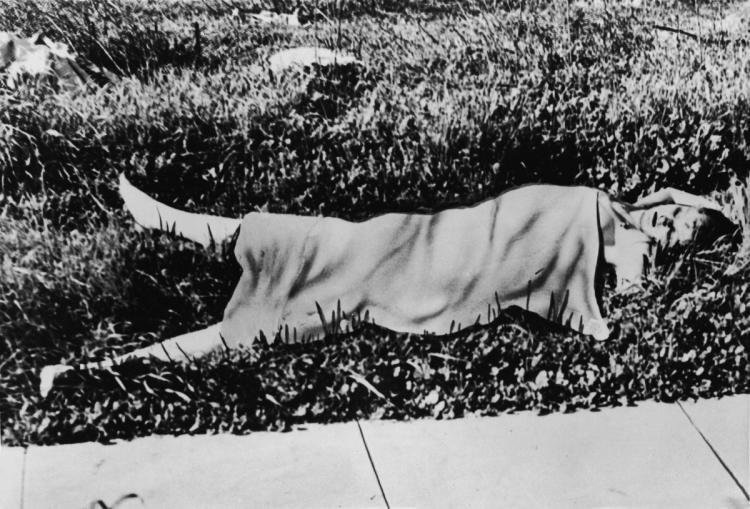
Elizabeth Short’s body was found in Leimert Park, Los Angeles by a local resident and her daughter. The woman who discovered her believed Black Dahlia’s body was a mannequin due to her pale skin after being drained of blood. Elizabeth Short’s crime scene was staged. She was posed with her hands on her head and her legs spread apart. She had also been brushed with gasoline to remove forensic evidence from the Black Dahlia crime scene.
The Case Investigation:
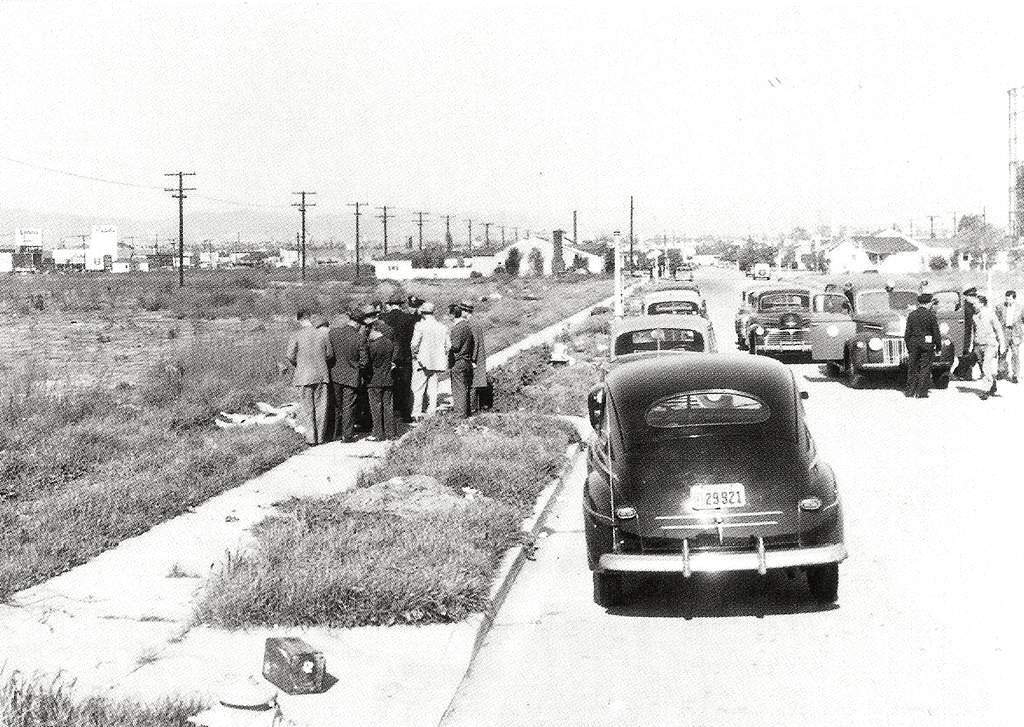
Elizabeth Short was taken to the morgue where the autopsy revealed that the cause of repeated blows to the head and shock from blood loss. There were also ligature marks found on her wrists and ankles and tissue had been removed from her breast. She gained the nickname as the Black Dahlia after a shop owner told reporters that it was her nickname amongst the male customers due to her dark hair and dark clothing.
Who Killed Elizabeth Short?
Leads:
Due to the way Elizabeth Short was cleanly cut in two, the LAPD was convinced that her murderer had some sort of medical training. The University of Southern California complied with the LAPD and sent them a list of their medical students.
However, the first suspected arrested for Elizabeth Short’s murder was not one of these medical students. His name was Robert “Red” Manley. Manley was one of the last people to see Elizabeth Short alive. Because his alibi for January 14 and 15 was solid and because he passed two lie detector tests, the LAPD let him go.
Suspects And Confessions:
Due to the complexity of the Black Dahlia case, the original investigators treated every person who knew Elizabeth Short as a suspect. By June 1947 police had processed and eliminated a list of seventy-five suspects. By December 1948 the detectives had considered 192 suspects in total. Of them, about 60 people confessed to the Black Dahlia murder, due to a $10,000 reward that was posted. But only 22 people were considered viable suspects by the Los Angeles District Attorney but authorities have been unable to identify the original murderer.

Those with bolded names are also on the current suspects’ list:
- Mark Hansen
- Carl Balsinger
- C. Welsh
- Sergeant “Chuck” (name unknown)
- John D. Wade
- Joe Scalis
- James Nimmo
- Maurice Clement
- A Chicago police officer
- Salvador Torres Vera (medical student)
- Doctor George Hodel
- Marvin Margolis (medical student)
- Glenn Wolf
- Michael Anthony Otero
- George Bacos
- Francis Campbell
- “Queer Woman Surgeon”
- Doctor Paul DeGaston
- Doctor A.E. Brix
- Doctor M. M. Schwartz
- Doctor Arthur McGinnis Faught
- Doctor Patrick S. O’Reilly
One credible confessor claimed to be her killer, and called the newspaper and the Examiner to say that he would hand himself in after further toying with the Police and providing proof that he was her killer.
He sent a number of her personal items to the newspaper that were also washed in gasoline, which led police to believe this was her killer. Fingerprints recovered from a letter were damaged before they were able to be analyzed. Nearby a handbag and shoe believe to be Elizabeth’s were discovered, also washed with gasoline.
A diary belonging to Mark Hansen was sent to the newspaper and he was briefly considered a suspect before being cleared up police. A string of more letters were sent to the Examiner and The Herald-Express from “the killer” with a time and place where he was to hand himself in. The letter read: “I will give up on Dahlia killing if I get 10 years. Don’t try to find me.” This never happened and another letter was sent saying “he” had changed his mind.
Current Suspects:
While some of the original twenty-two suspects were discounted, new suspects have also arisen. The following suspects have been discussed by various authors and experts and are presently considered to be the main suspects for the Black Dahlia murder:
- Walter Bayley
- Norman Chandler
- Leslie Dillon
- Ed Burns
- Joseph A. Dumais
- Mark Hansen
- George Hodel
- George Knowlton
- Robert M. “Red” Manley
- Patrick S. O’Reilly
- Jack Anderson Wilson
Conclusion:
There are a number of Black Dahlia suspects responsible for Elizabeth Short’s death. Leslie Dillon was considered a strong suspect by many due to his mortuary training. He was a friend to Mark Hansen and it was suggested that she was aware of the illicit activities of the friends. It was suggested that the murder take place in the Aster Motel in Los Angeles. A room was discovered soaked in blood at the time of the murder.
George Hodel was considered a suspect due to his medical training and his phone was tapped. He was recorded to say “Supposin’ I did kill the Black Dahlia. They couldn’t prove it now. They can’t talk to my secretary because she’s dead.” His son also believes he was the killer and notes his handwriting is strikingly similar to the letters received by The Herald.
In the end, the Elizabeth short case remains unsolved to this date, and is recorded as one of the world’s most famous cold cases.




